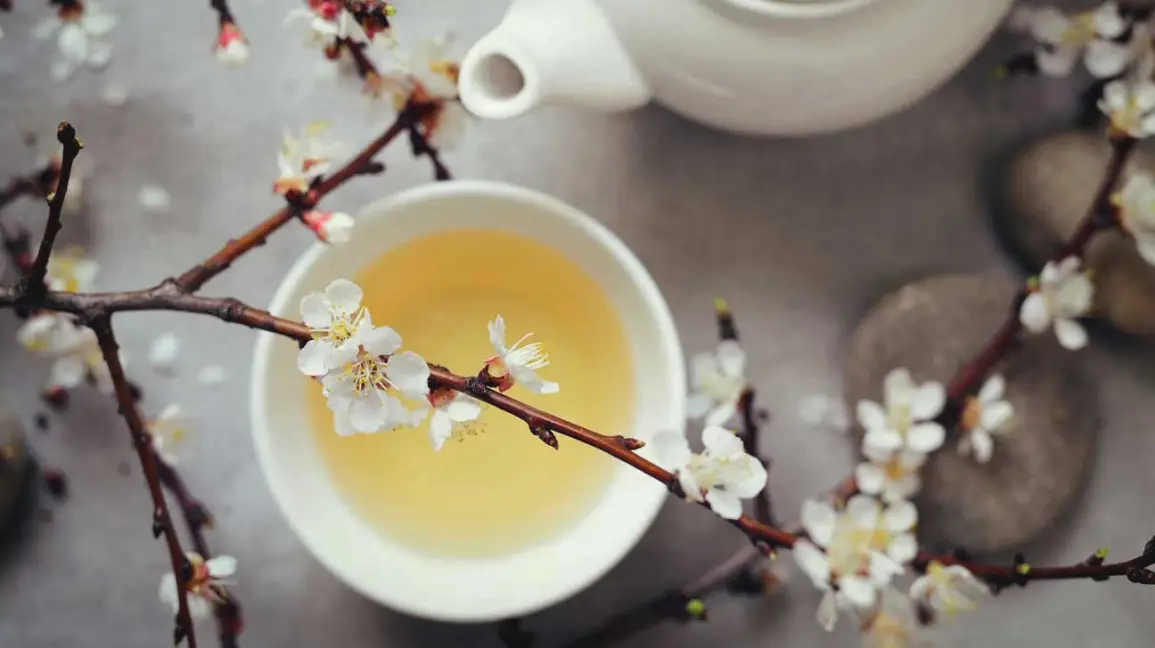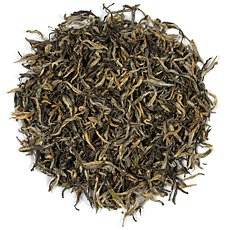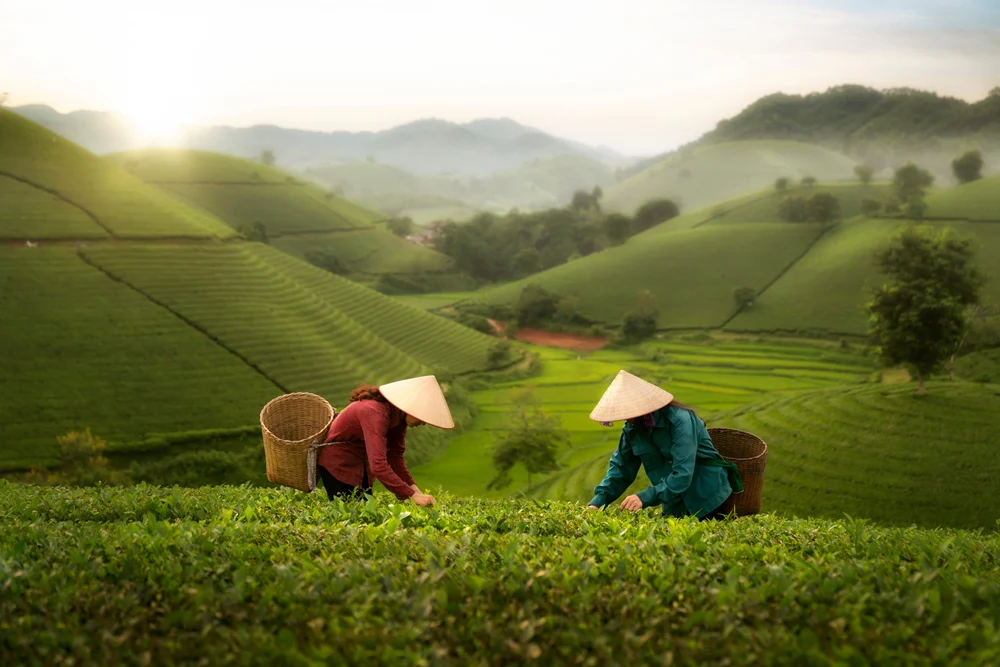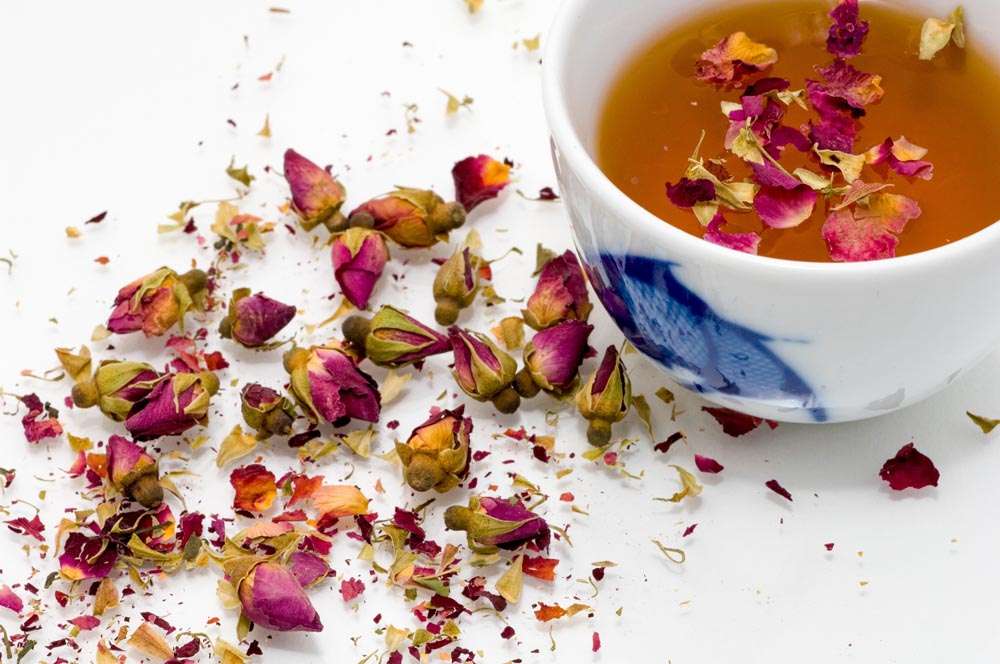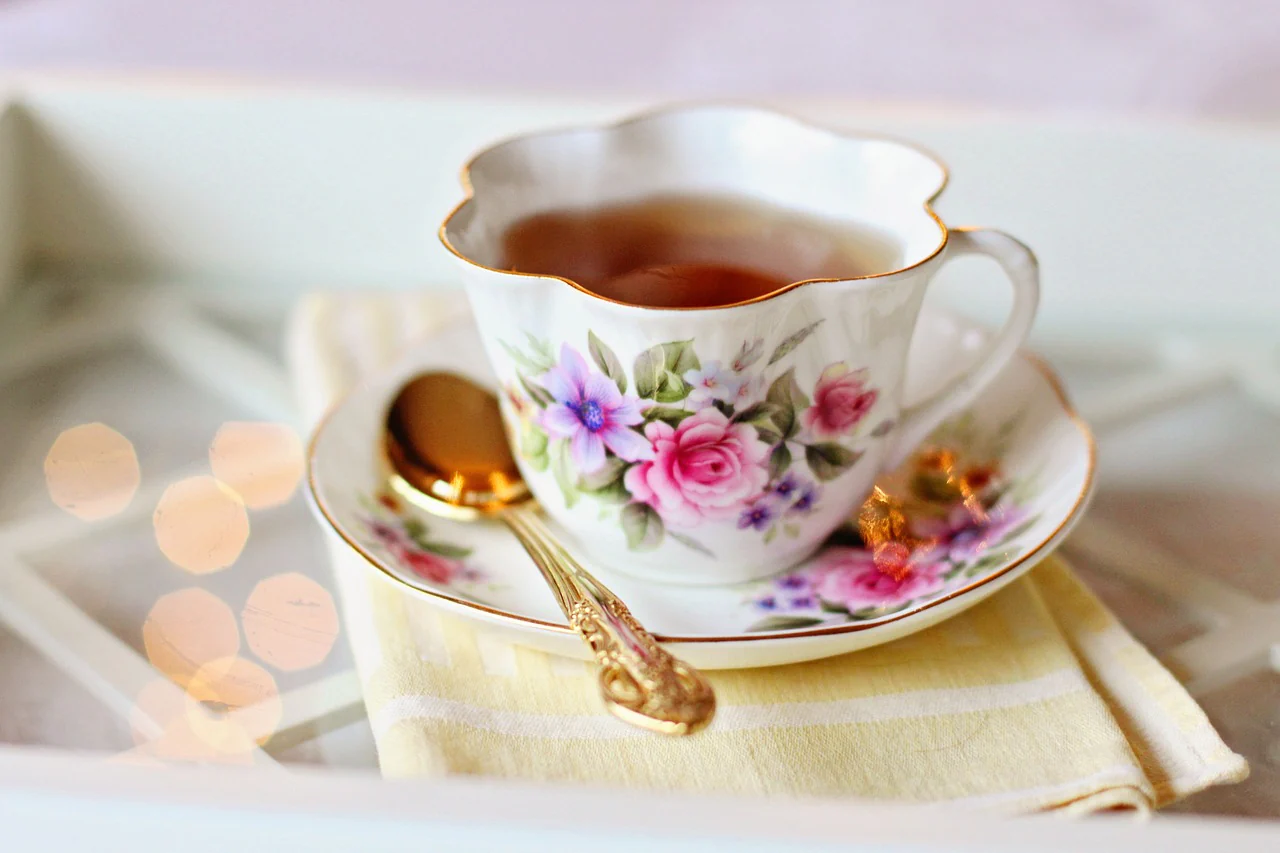China, the birthplace of tea, has cultivated a rich history and deep reverence for this remarkable beverage. From its earliest days as a wild leaf plucked in Yunnan’s forests to its refinement as an imperial treasure, Chinese tea has become a symbol of sophistication, culture, and artistry. Among the thousands of teas produced in China, a select group stands out as China Famous Teas, a tradition rooted in history, quality, and unmatched craftsmanship.
A Glimpse into History: From Imperial Tribute to Famous Teas
The tradition of China’s Famous Teas traces back to the Tang (618–907) and Song (960–1279) dynasties, when certain teas were celebrated for their extraordinary quality and refinement. These teas, plucked from misty mountain gardens in early spring, were hailed as “elixirs of the gods.” Ruling emperors coveted these teas, declaring them Imperial Tribute Teas—treasures fit only for royalty.
During this period, tea became more than a beverage; it was an art form, showcased with exquisite teaware and savored in ceremonial gatherings. The emperors received these rare teas as tax payments, ensuring that only the most extraordinary leaves made their way to the imperial court.
Following the fall of the Qing dynasty in 1911, Imperial Tribute Teas became more accessible to the public, and their moniker shifted to Famous Chinese Teas. Despite political upheavals, modernization, and changing tastes, these teas remain iconic, embodying centuries of tradition and refinement.
What Makes a Tea “Famous”?
Each Famous Chinese Tea is distinguished by its:
- Origin: These teas are named after their place of origin or the mountains where they are cultivated, reflecting the unique terroir of their environment.
- Craftsmanship: Traditional methods of cultivation and leaf manufacture ensure that every tea is a masterpiece, shaped by generations of knowledge and skill.
- Seasonality: These teas are produced during a brief window each spring, often classified as pre-Qing Ming teas, which are prized for their freshness and delicacy.
Their rarity and meticulous production make Famous Chinese Teas a celebration of regional specialties, showcasing the best of China’s tea-making heritage.
List of Top 15 Famous Chinese Teas
While various lists of China’s Famous Teas exist, each reflecting regional and historical preferences, here is a curated list of the most celebrated teas, based on visits to tea producers and aggregated knowledge:
- Longjing (Xi Hu Longjing) – A famous green tea with a sweet, nutty flavor and flat, smooth leaves.
- Bi Lo Chun – A vibrant green tea known for its delicate, spiraled leaves and floral-fruity aroma.
- Huang Shan Mao Feng – A green tea from Anhui with bold leaves and a mellow, slightly sweet profile.
- Jun Shan Yin Zhen – A rare yellow tea with needle-like buds and a gentle, honeyed taste.
- Keemun – A black tea famous for its complex, wine-like flavor and malty sweetness.
- Da Hong Pao – A legendary oolong with a roasted, mineral-rich profile from the Wuyi Mountains.
- Lu An Gua Pian – A unique green tea with flat, melon-seed-shaped leaves and a rich, vegetal taste.
- Tieguanyin – A floral, aromatic oolong revered for its creamy texture and lingering finish.
- Tai Ping Hou Kui – A green tea with long, flat leaves and a bold, savory flavor.
- Xin Yang Mao Jian – A high-mountain green tea with fine, delicate leaves and a fresh, brisk taste.
- Yin Zhen (Silver Needle) – A white tea made from tender buds, offering a soft, sweet, and ethereal cup.
- Pu-erh – A fermented tea with earthy, complex flavors, available as both sheng (raw) and shou (ripe).
- Lu Shan Yun Wu – A mist-shrouded green tea with a smooth, vegetal character.
- Ding Gu Da Fang – A lesser-known green tea with a mellow, refreshing flavor.
- Mengding Mountain Gan Lu – A green tea with a sweet, dewy aroma and rich, layered taste.
What Makes These Teas Unique?
These teas are instantly recognizable by their leaf shape, appearance, and taste, each embodying the distinct terroir of their region. From the nutty notes of Longjing to the mineral richness of Da Hong Pao, every tea offers a singular experience. Produced in small quantities, often during a short 2–3 week harvest period in early spring, these teas are prized by connoisseurs for their unparalleled quality.
Pre-Qing Ming teas, harvested before April 5th, are especially sought after for their freshness and limited availability. These teas, made from the earliest buds of spring, are considered the pinnacle of refinement and command higher prices for their rarity and excellence.
Preserving a Legacy
The story of China’s Famous Teas is one of resilience. Despite challenges like the Cultural Revolution and changing consumer habits, these teas remain a cornerstone of China’s tea culture. Their continued popularity is a testament to the dedication of tea farmers and artisans who preserve centuries-old traditions while adapting to modern tastes.
As a tea lover, experiencing these teas is like taking a sip of history. Each cup connects us to the landscapes, people, and stories behind its creation. With every steep, we honor the legacy of China’s Famous Teas and celebrate their timeless appeal.

